TABLE 14-16
What are the factors that determine the acceleration time (in sec.) from 0 to 60 miles per hour of a car? Data on the following variables for 171 different vehicle models were collected:
Accel Time: Acceleration time in sec.
Cargo Vol: Cargo volume in cu. ft.
HP: Horsepower
MPG: Miles per gallon
SUV: 1 if the vehicle model is an SUV with Coupe as the base when SUV and Sedan are both 0
Sedan: 1 if the vehicle model is a sedan with Coupe as the base when SUV and Sedan are both 0
The regression results using acceleration time as the dependent variable and the remaining variables as the independent variables are presented below.
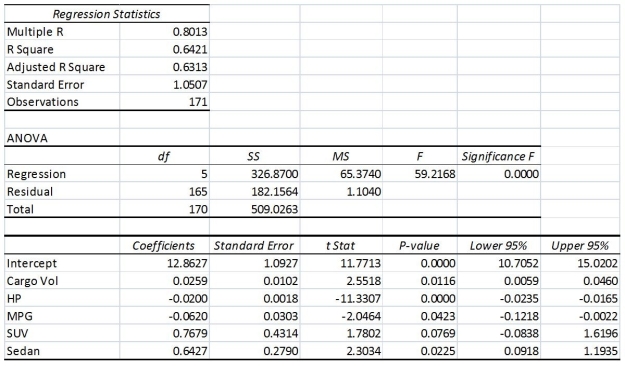
The various residual plots are as shown below.
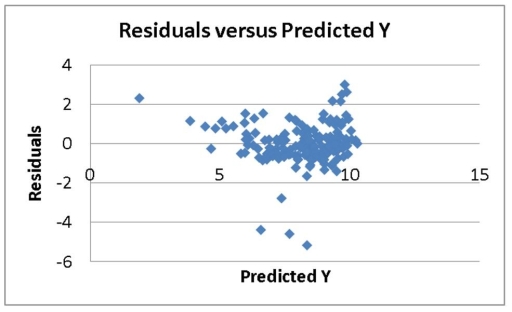
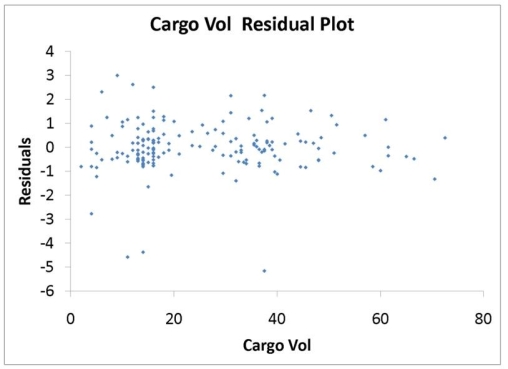
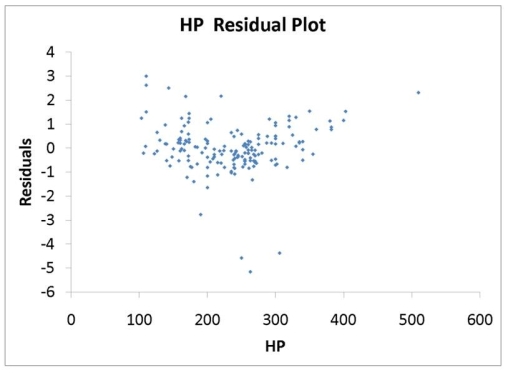
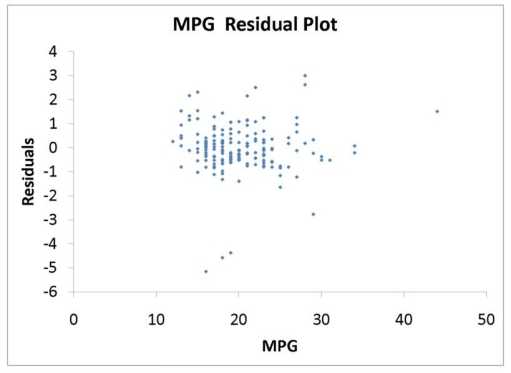
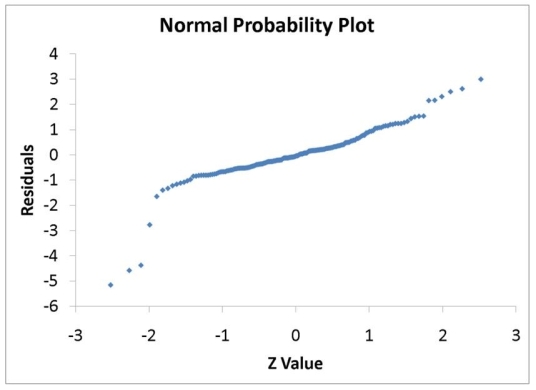

-Referring to 14-16, which of the following assumptions is most likely violated based on the residual plot of the residuals versus predicted Y?
Definitions:
Crossing-Over
Exchange of segments between non-sister chromatids of a bivalent during meiosis.
Chromatids
One of two identical halves of a duplicated chromosome, joined together by a centromere and separated during cell division.
Genetic Material
The molecules responsible for heredity and variation of organisms, primarily DNA or RNA in viruses.
Homologous Chromosomes
Pairs of chromosomes in a diploid organism that are similar in shape, size, and gene content, one inherited from each parent.
Q2: Referring to Table 14-18, what is the
Q49: Referring to Table 14-5, what is the
Q56: Referring to Table 14-12, what is the
Q62: Referring to Table 15-5, what is the
Q71: Referring to Table 13-2, what is
Q130: The sample correlation coefficient between X and
Q131: Referring to Table 13-11, the null hypothesis
Q151: Referring to Table 16-4, construct a centered
Q176: Referring to Table 14-5, the observed value
Q203: Referring to Table 13-2, what percentage of